3. Xingu and Macapá High Tension Lines, Brazil
Xingú and Macapá High Tension Lines are located in the Brazilian Amazon in order to connect the isolated energy systems of Manaus and Macapá to one of the largest dams in Brazil, the Tucuruí Hydroelectric Dam with installed capacity of 8.370 MW and 24 turbines. Combined, the Xingú and Macapá High Tension Lines will have a transport capacity of 2,400 MW in double circuit transmitted through 1,200 km of new 500 kv and 230 kv transmission lines that run mostly along existing highways in the Amazons in order to reduce environmental impacts such as deforestation.
Spanish company Isolux Corsán with an investment of US $2000 million builds the high-tension lines, which also combine energy transmission with high-speed data. Isolux Corsán, through its local subsidiary company Ponte, was also granted with the operation and maintenance of the infrastructure over a period of 30 years. The change from fossil fuels to hydropower in the cities of Manaus and Macapá will result in an estimated reduction of CO2 emissions equivalent to 1,300,000 Tons per year. The High tension Lines are part of the Program for the Acceleration of Growth and are also included in the Bigger Brazil plan to increase Brazilian competitiveness.

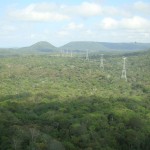
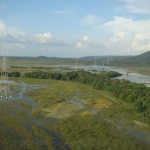
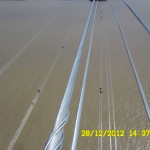
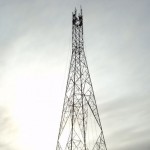
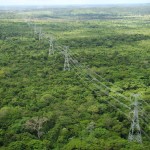
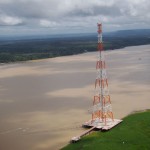
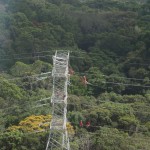






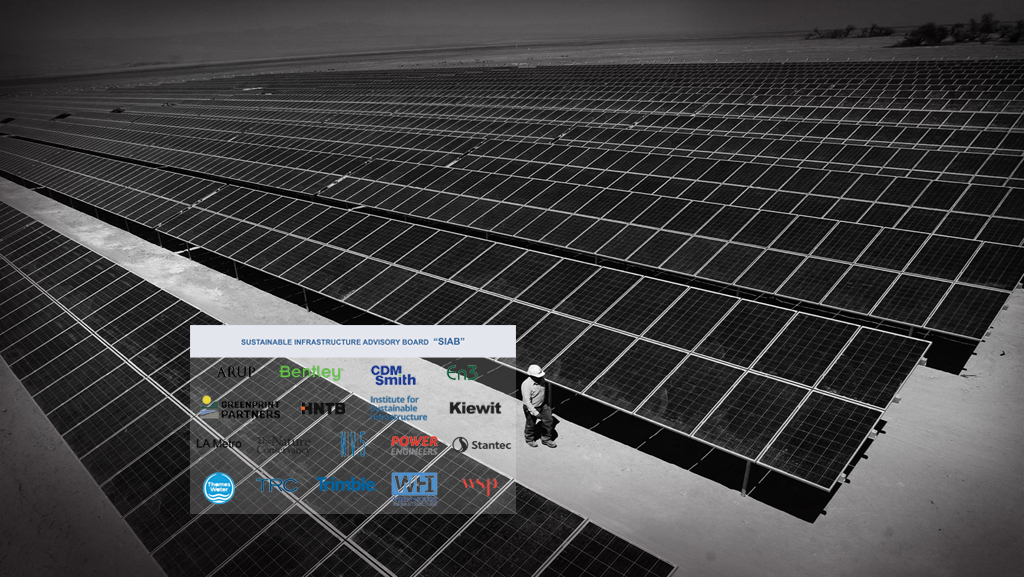


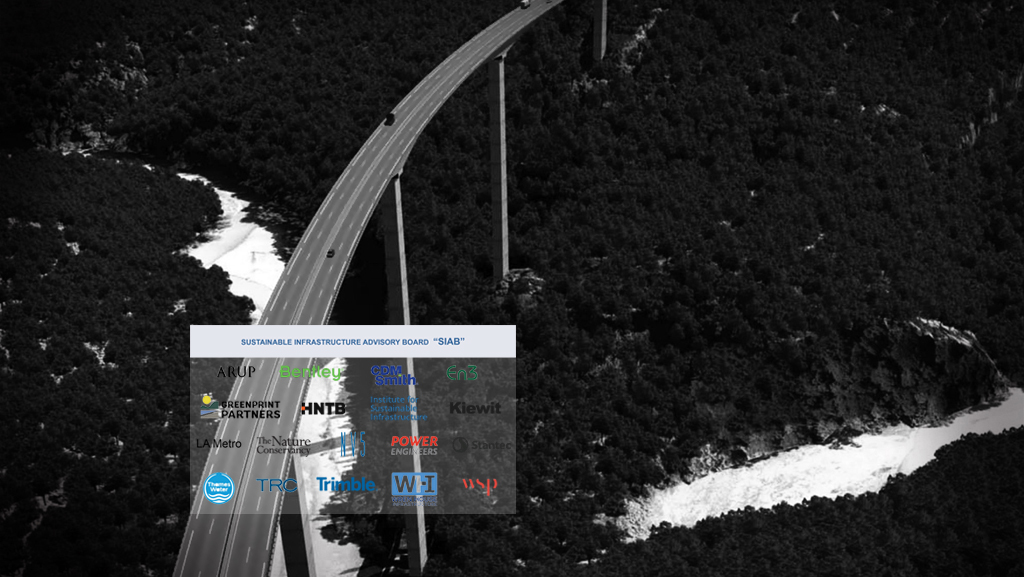
Join us now ZPH Workshop: #Sustainable #Infrastructure for #ClimateAction in-person & ZOOM https://t.co/fCjkr0Ykrh
About 2 years ago from Zofnass Program's Twitter